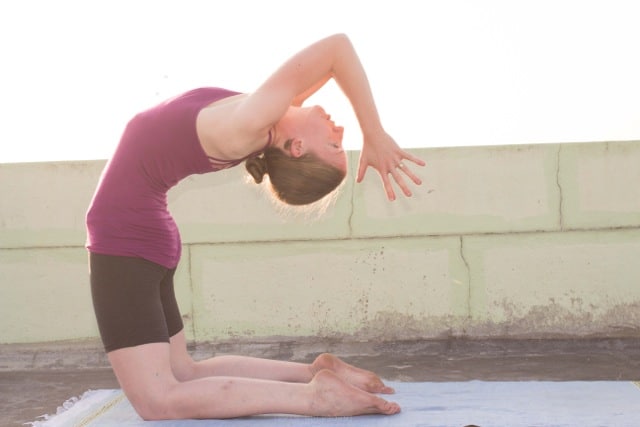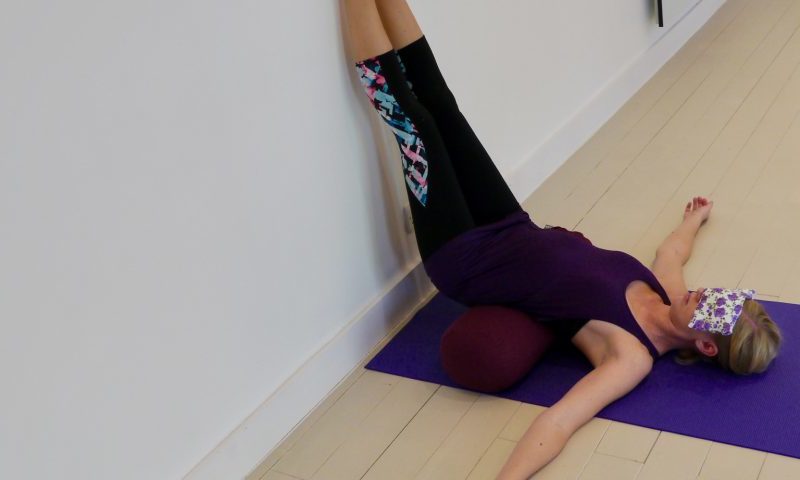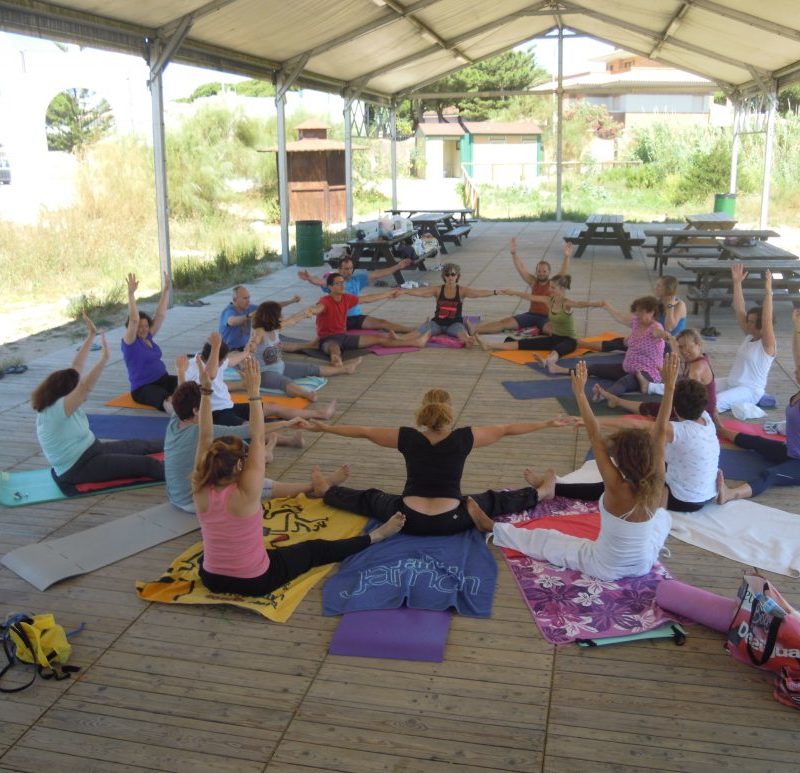An exploration of being upside down
Inversions appear in our yoga practices regularly, no matter what style of yoga you practice. Have you heard about the queen and king of inversions in yoga? Do you know that much about them? Do you practice inversions regularly? Some are short and dynamic and others can be steady and restorative inversions.
In this blog, let’s explore the loving titled the “king and queen” of the inversions and the finishing postures in Ashtanga yoga.
Viparita Karani: Inversions in yoga
This Sanskrit title- is what I call as an umbrella phrase- as it simply translates to turning around, inverting or working in a different plane which, both our king- Śīrṣāsana and queen- Salamba Sarvangasana refer to.
Why do we practice the queen and king of inversions?
Inverting the body works on main different layers of our bodies, like much of the yoga practice it can go beyond just the physical. When we work with Viparita Karani’s we are strengthening skeletal muscles- of all of the limbs.
We also work on the nadis- energy channels of the body of the spine and chakra centers, for example, this work can even allowing for clearer speak and improved singing. The blood vessels and neurological system have a chance to rewire, change flow direction and restore energy.
Finishing postures in Ashtanga yoga
In Pattabhi Jois’s Yoga Mala– text he explains these golden asanas in much detail which I share a little of below. We will focus of course in the queen and king of inversions which are the main asanas in the finishing postures in Ashtanga yoga.
Queen of inversions: Salamba Sarvangasana
The loving titled queen of the inversions is an asana called Salamba Sarvangasana or “shoulder stand” in English.
Lamba generally translates into “supported” sa root means “with” Sarva- “all” anga– “limbs” and you may know asana means pose or posture.
All limbs asana with support. It tells us that it involves the whole body- it’s not a casual place. Gregor Maehle in his Practice and Philosophy text states that it is not a “relaxation pose” however the breath during these asanas must be calm.
Benefits Salamba Sarvangasana:

Salamba Sarvangasana
It helps to purify the heart, lungs and making the blood hot- and therefore stimulates the Amrita Bindu. The Amrita Bindu is called the drop of immorality- and once we no longer have any in our body, then life will finish.
In the finishing postures of ashtanga yoga we practice the following asanas as a variation of Salamba Sarvangasana:
Halasana.
Bringing the legs to the grown over your head. cleanse the waist/ intestines
Karnapidasana.
Bringing the knees to your ears.
It helps to remove disease from the ears.
Urdhva padmasana.
Taking padmasana, lotus posture in shoulder stand.
Cleanses the anal and urinary tract.
Pindasana.
Holding padmasana in shoulder stand while we hug our legs.
Tones the lower abdominals, spinal structure, liver, spleen, and stomach as huge deep flexion of the spine with eventually the legs in padmasana and pushing into the navel.
The king of inversions: Sirsasana
The king- Śīrṣa simply translates to “head” and is an ancient asana- it has been listed in the Hatha Yoga Pradipika, Yogaśāstra and many other hatha yoga texts. This asana- “headstand” also like Sarvangasana has many variations for the legs- the position of the arms and torso.
How to practice Sirsasana
Śīrṣāsana- should be practiced with great care, and talked in various sources about not having much, or no weight on the head at all. As I know personally from my own experience- this takes many years of consistent practice to master.
I personally often find it funny that it’s called “headstand” in translation- as ideally- it’s approximately 95% of the weight on the forearms, and upper body- with 5% of the weight on the head. Maybe we should be loving rename it “forearm-stand-with-a-little-bit-of-weight-on-your-head-stand”.
For Śīrṣāsana the upper limbs, shoulders, and bandha (internal locks of the body) have to be strengthened before we are able to de-weight the top of the head. Otherwise, we do not have the lightness of the head is to be able to still allow for the blood flow to the subtle nadis in the crown of the head.
The benefits of Sirsasana :
The benefits of this asana are particularly focused on brain and sense organ benefits including:
- Warming blood- stimulating circulation
- It increases the power of memory
- Eye disease destroyed
- Eyes glowing
- Long-sightedness improved
I would highly recommend learning these important asanas with a teacher- in retreats like a Lucia yoga retreat- you’ll have more time on your mat than maybe you might do in your everyday life. Time to dive into these special asanas with experienced teachers to guide and support you.
How long should we do these asanas for?
This is ultimately up to the practitioner. There are a couple of factors- if you are new to practicing these asanas- you might be in them for 5-10 breaths and over time there may be a desire, stability, and strength to maintain these asanas for longer. Be patient and build these hold up over many years of practice ahead. Certain traditions- i.e. like the Ashtanga Vinyasa lineage, may have set ‘prescriptions’ for how long you do each asana for.
Pattabhji Jois said: “Stay in this state for five, ten, fifteen, even thirty minutes, doing rechaka (inhale) and puraka (exhale) deeply” “As many times as possible” (breath).
Contraindications – is there any time I shouldn’t do them?
Sometimes in life- there are times when we can’t or doesn’t feel appropriate to do these asanas. For example:
Pregnancy – it maybe appropriate to modify, listen closely to your body and have extra support- from a teacher or wall if needed.
“Ladies holiday” – Menstruation – due to the apanic (downward flow) of bodily functions.
High Blood pressure or particular eye ailments where a doctor or specialist has advised against long inversions.
Just invert
But, it doesn’t always mean that we can’t invert something, taking a simple- legs up the wall still falls into the category Viparita Karani and huge benefits for you.
These special asanas are definitely worth including in your daily practice- explore with great focus and enjoy finding steadiness on a new plane or direction. Integrate these asanas into your life- on retreat with Lucia Yoga, in the airport during a lay-over or after a long day on your feet. Leave us a comment with any questions- or experience you have from being upside down!



